Intro
Lower your risk with 5 ways to check cholesterol, managing high cholesterol, and maintaining healthy lipid profiles through screenings, diet, and lifestyle changes, reducing cardiovascular disease risks.
Maintaining healthy cholesterol levels is crucial for overall cardiovascular health. High cholesterol can lead to the buildup of plaque in the arteries, increasing the risk of heart disease, heart attacks, and strokes. Fortunately, there are several ways to check cholesterol levels, and being proactive about monitoring and managing cholesterol can significantly reduce these risks. Regular checks can help identify potential issues early on, allowing for timely interventions through lifestyle changes or medical treatments.
The importance of cholesterol checks cannot be overstated, especially for individuals with a family history of high cholesterol or those who are overweight, smoke, or have diabetes. These groups are at a higher risk of developing high cholesterol and should prioritize regular monitoring. Moreover, understanding the different components of cholesterol, such as LDL (low-density lipoprotein) cholesterol, HDL (high-density lipoprotein) cholesterol, and triglycerides, is key to interpreting cholesterol test results accurately.
Checking cholesterol levels is a straightforward process that involves a blood test. This test can be conducted at a healthcare provider's office, a hospital, or even at home with a kit. The results provide valuable insights into an individual's cholesterol profile, guiding decisions on diet, exercise, and potentially medication to manage cholesterol levels effectively. With the advancements in medical technology, there are now multiple methods and tools available for checking cholesterol, making it easier than ever for individuals to take control of their heart health.
Understanding Cholesterol Tests
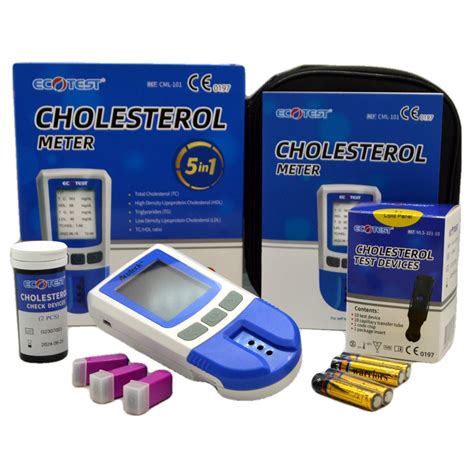
Cholesterol tests are designed to measure the levels of different types of cholesterol in the blood. The most common test is the lipid profile, which includes measurements of total cholesterol, LDL (bad) cholesterol, HDL (good) cholesterol, and triglycerides. Understanding the results of these tests is essential for assessing cardiovascular risk and determining the best course of action for managing cholesterol levels.
Components of a Lipid Profile
A lipid profile provides a comprehensive overview of an individual's cholesterol levels. It includes: - Total Cholesterol: The total amount of cholesterol in the blood, including both LDL and HDL cholesterol. - LDL (Low-Density Lipoprotein) Cholesterol: Often referred to as "bad" cholesterol, high levels of LDL cholesterol can lead to plaque buildup in the arteries. - HDL (High-Density Lipoprotein) Cholesterol: Known as "good" cholesterol, HDL helps remove other forms of cholesterol from the bloodstream. - Triglycerides: A type of fat found in the blood, high triglyceride levels can also contribute to the risk of heart disease.Methods for Checking Cholesterol
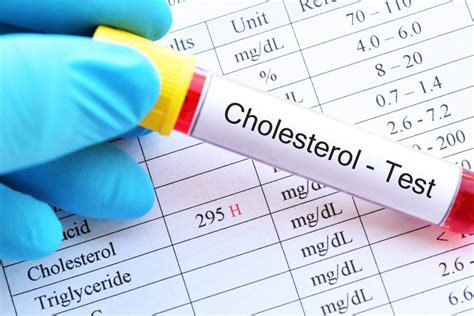
There are several methods available for checking cholesterol levels, each with its own advantages and suitability for different individuals.
Laboratory Tests
The most accurate method for checking cholesterol levels is through a blood test conducted in a laboratory. This test requires fasting for 9-12 hours before the blood sample is taken to ensure accurate results. Laboratory tests can provide detailed information about an individual's cholesterol profile, including total cholesterol, LDL cholesterol, HDL cholesterol, and triglycerides.Point-of-Care Tests
Point-of-care tests are performed outside a laboratory setting, often in a healthcare provider's office. These tests are less invasive, requiring only a finger prick to collect a small blood sample. While they are convenient and provide quick results, they might not offer as detailed information as laboratory tests.Home Testing Kits
For individuals who prefer the convenience of testing at home, cholesterol home testing kits are available. These kits usually involve a finger prick test, and the results can be read directly from the device or sent to a laboratory for analysis. Home testing kits are useful for monitoring cholesterol levels regularly but might not be as accurate as laboratory tests.Interpreting Cholesterol Test Results
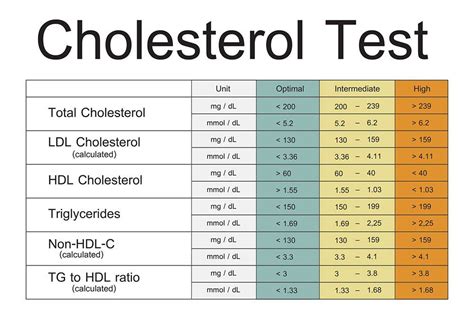
Interpreting cholesterol test results requires understanding the optimal levels for each component of the lipid profile.
- Total Cholesterol: Less than 200 mg/dL is desirable.
- LDL Cholesterol: Less than 100 mg/dL is ideal for most people, but those at high risk of heart disease may need to aim for less than 70 mg/dL.
- HDL Cholesterol: A level of 60 mg/dL or higher is considered high and protective against heart disease.
- Triglycerides: Less than 150 mg/dL is normal.
What to Do Based on Your Results
Based on the results of your cholesterol test, your healthcare provider may recommend lifestyle changes, such as diet and exercise modifications, or prescribe medication to help manage your cholesterol levels. For individuals with high cholesterol, reducing saturated and trans fats in the diet, increasing physical activity, losing weight if necessary, and quitting smoking can significantly improve cholesterol profiles.Lifestyle Changes to Manage Cholesterol
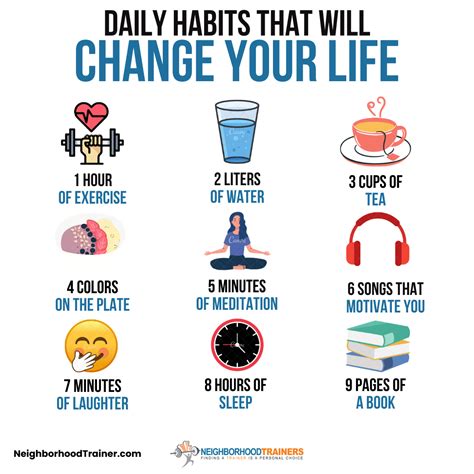
Making lifestyle changes is a critical step in managing cholesterol levels. Key changes include:
- Dietary Modifications: Focus on a heart-healthy diet that is rich in fruits, vegetables, whole grains, and lean proteins. Limit foods high in saturated and trans fats.
- Increased Physical Activity: Regular exercise can help raise HDL cholesterol and lower LDL cholesterol and triglycerides.
- Weight Management: Losing weight if you are overweight can help lower your LDL cholesterol and triglycerides.
- Smoking Cessation: Quitting smoking can significantly improve HDL cholesterol levels and reduce the risk of heart disease.
Medications for Cholesterol Management
For some individuals, lifestyle changes alone may not be sufficient to manage cholesterol levels, and medication may be prescribed. The most commonly used medications for lowering cholesterol are statins, which work by reducing the production of cholesterol in the liver. Other types of medications, such as bile acid sequestrants, nicotinic acid, and fibrates, may also be used, depending on the individual's specific needs and health status.Maintaining Healthy Cholesterol Levels
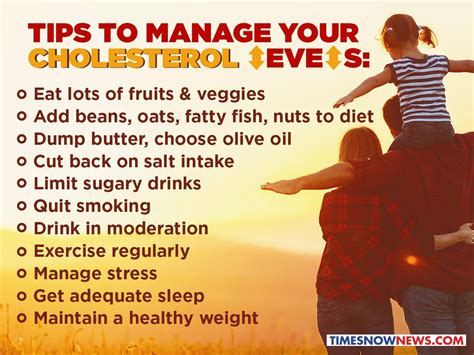
Maintaining healthy cholesterol levels is a long-term commitment that requires regular monitoring and adherence to a heart-healthy lifestyle. By understanding the importance of cholesterol checks, interpreting test results accurately, and making necessary lifestyle changes or taking prescribed medications, individuals can significantly reduce their risk of heart disease.
The Role of Regular Monitoring
Regular monitoring of cholesterol levels is essential for individuals of all ages. It helps in early detection of high cholesterol, allowing for timely interventions. For those with high cholesterol, regular checks can help assess the effectiveness of lifestyle changes or medications, guiding adjustments as needed.Conclusion and Next Steps

In conclusion, checking cholesterol levels is a vital part of maintaining cardiovascular health. By understanding the different methods for checking cholesterol, interpreting test results, and making informed decisions about lifestyle changes or medication, individuals can take proactive steps towards managing their cholesterol levels. Whether you are looking to prevent high cholesterol or manage existing conditions, the key is to stay informed, stay proactive, and work closely with your healthcare provider.
What is the recommended frequency for checking cholesterol levels?
+For adults with no risk factors for heart disease, cholesterol levels should be checked every 5 years. However, for those with a family history of high cholesterol, who are overweight, smoke, or have diabetes, more frequent checks may be necessary.
Can lifestyle changes alone lower cholesterol levels?
+Yes, for many people, lifestyle changes such as diet modifications, increased physical activity, weight loss, and smoking cessation can significantly lower cholesterol levels and may be enough to manage high cholesterol.
What are the risks associated with high cholesterol?
+High cholesterol can lead to the buildup of plaque in the arteries, increasing the risk of heart disease, heart attacks, and strokes. Managing cholesterol levels through lifestyle changes and, if necessary, medication can significantly reduce these risks.
We invite you to share your thoughts and experiences with managing cholesterol levels. Your insights can help others understand the importance of regular cholesterol checks and the steps they can take towards a healthier heart. Whether you have questions about interpreting test results, making lifestyle changes, or managing medications, we encourage you to reach out and start a conversation. Together, we can work towards reducing the risks associated with high cholesterol and promoting heart health for everyone.
